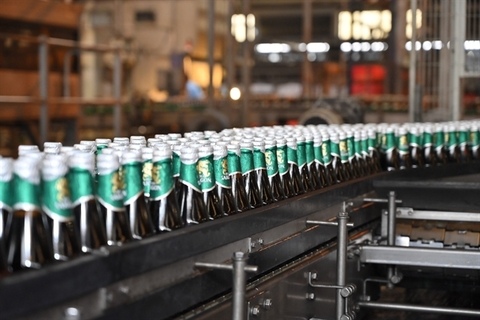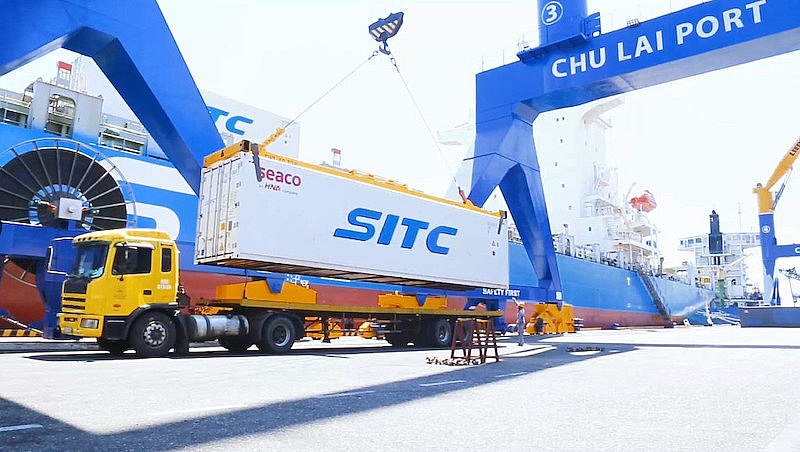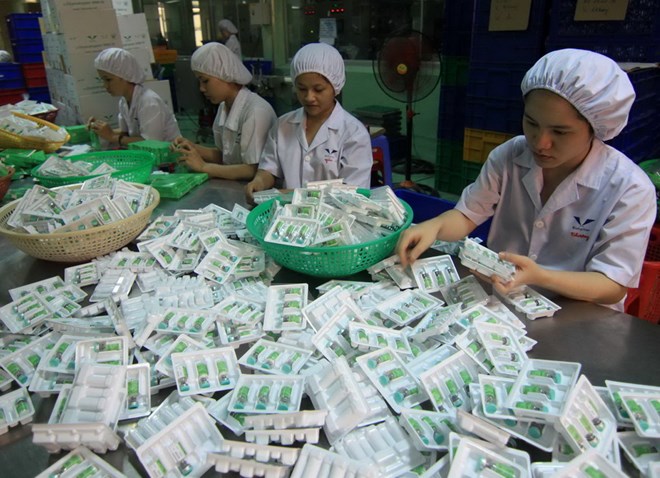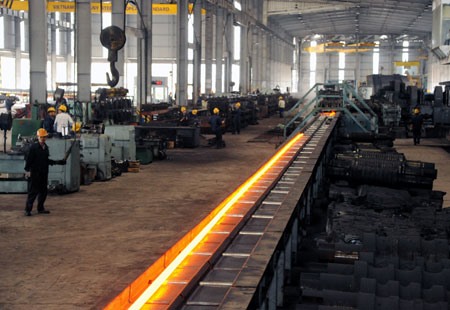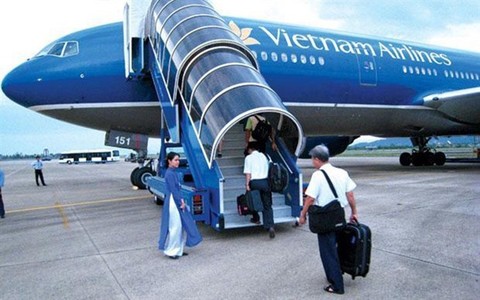Sugar stocks underperform on low price, ATIGA challenges
Sugar stocks underperform on low price, ATIGA challenges
Sugar company shares have underperformed in the last three months, contrasting with the general uptrend of the stock market and other sectors, thanks to large stockpiles and falling sugar prices.
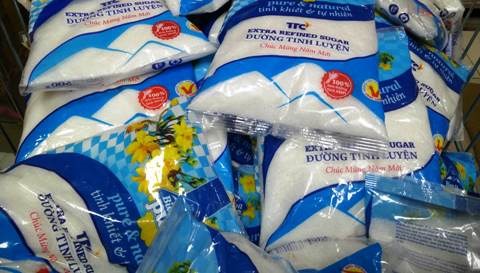
Viet Nam’s benchmark VN Index recently beat the historical high of 1,170 points with growth rates in many sectors such as banking-financial, energy, real estate and food and beverage.
But sugar stocks have experienced a downtrend in the last three months, according to VNDirect Securities Company (VNDS).
Data from the Ha Noi-based securities firm showed that after increasing between December 25, 2017 and early January 2018, sugar stocks have suffered.
Among the four sugar company shares tracked by VNDS, Thanh Thanh Cong Sugar JSC (SBT) lost 11.2 per cent, Lam Son Sugar JSC (LSS) declined by one-fifth and Son La Sugar JSC (SLS) and Kon Tum Sugar JSC (KTS) were down 37.4 per cent and 39.2 per cent, respectively.
The securities firm attributes the underperformance of sugar stocks to a downtrend in the global sugar price.
According to tradingeconomics.com, the sugar price has fallen from 15 US cents a pound (about 33 US cents per kilogramme) on January 2, 2018 to 12 cents a pound as of yesterday.
That meant a 17.6 per cent decline in sugar price in less than three months due to a surplus in the global market, international media reported.
In Viet Nam, the sugar price yesterday stood at VND23,000 ($1) per kilogramme, higher than the global price.
According to business insiders, one of the major reasons the local sugar price is higher than the global one is that Vietnamese factories are located in disadvantaged locations, leading to low production capacity at the factories.
Most of the local producers have not developed their own farms and have to buy sugarcane from local farmers, which leads to decentralised sugarcane farming and high transportation costs between the farming areas and the factories.
Local sugar producers have also suffered from high stockpiles. A recent report on cafef.vn showed that sugar stockpiles have remained high for the four sugar companies.
For example, SBT had increased its stockpiles from VND613 billion ($27.2 million) in 2014 to VND1.95 trillion in 2017. The figure for LSS had jumped from VND223.5 billion in 2014 to around VND550 billion in 2016-17.
In addition, sugar production is one of the industries that have historically received strong protectionism from the Government. That will be a challenge for local producers as they now have to compete with sugar imports from other producers in the ASEAN region.
According to the ASEAN Trade in Goods Agreement (ATIGA), which took effect January 1, 2018, import quotas will be removed for sugar imports from ASEAN countries to one another and those products will be taxed only 5 per cent.
That has raised concerns over strong competition that local sugar producers will face if sugar imports from other ASEAN economies enter Viet Nam.
According to chairman of the Vietnam Sugarcane and Sugar Association Pham Quoc Doanh, there have been concerns about the removal of import quota for sugar imports from other ASEAN economies and such easing will have negative impacts on the local sugar industry.
However, the local authorities need to evaluate accurately the impacts of the ATIGA on local companies and farmers, he said, adding that there are methods of protectionism that can be taken if sugar imports damage the local industry.
SBT chairman Pham Hong Duong said that it doesn’t matter whether ATIGA is officially implemented; local producers still have to prepare themselves for a more competitive market in the future.
“We will mainly compete with Thailand-exported sugar. And we need to reduce the price of sugarcane, increase the productivity of the farming areas, cut production costs and expand the market shares,” he said.




